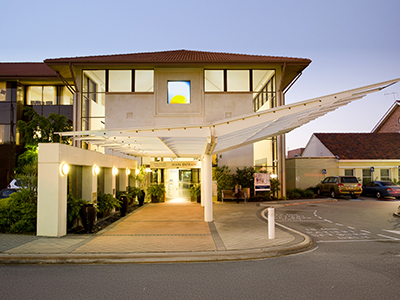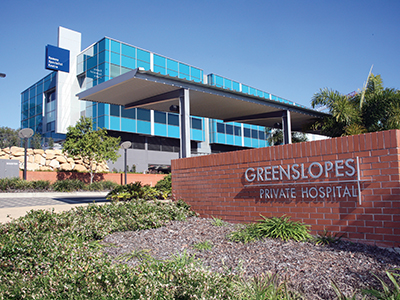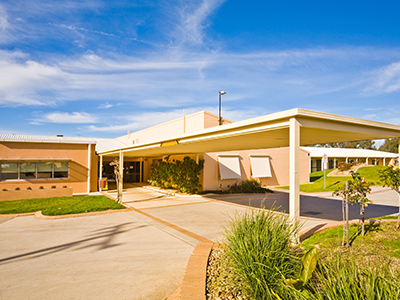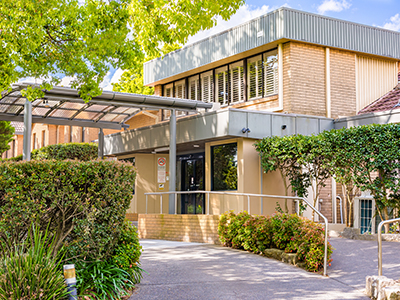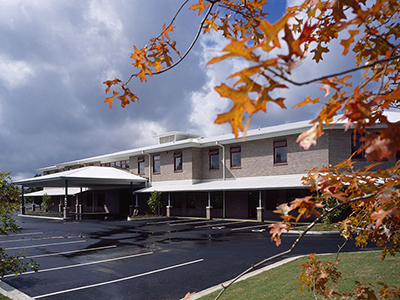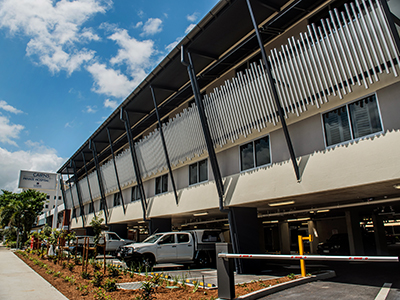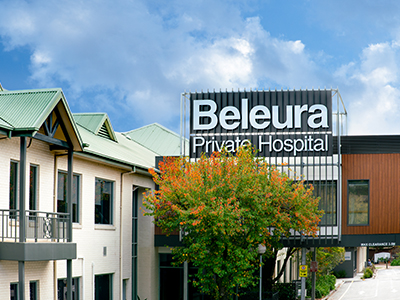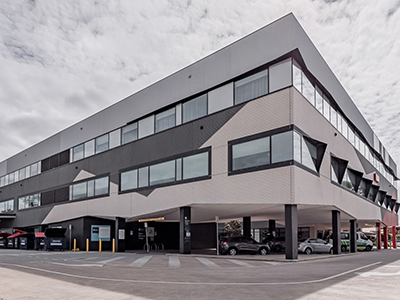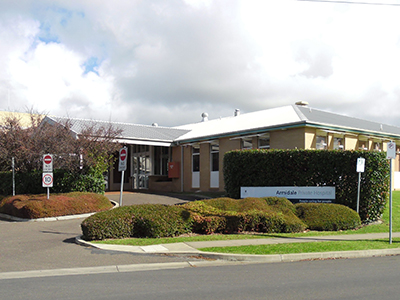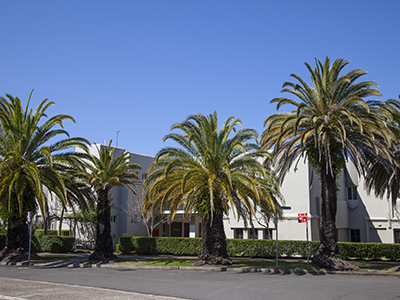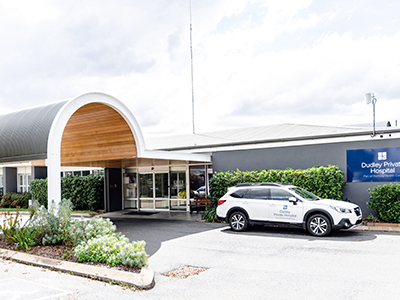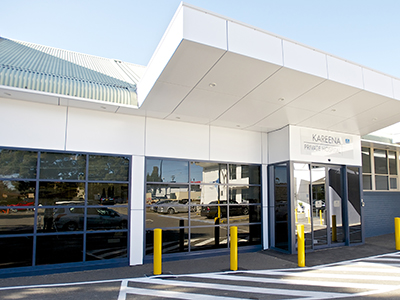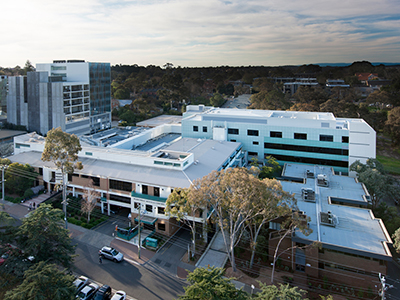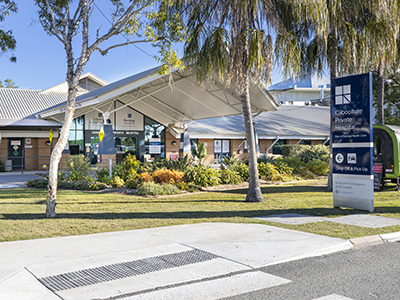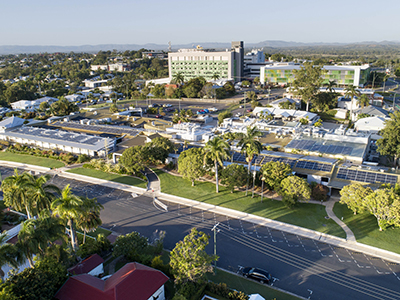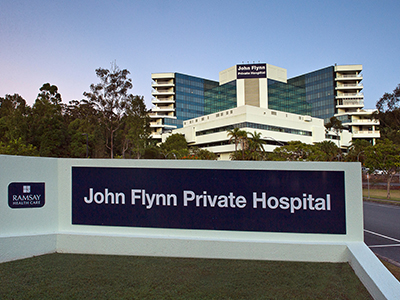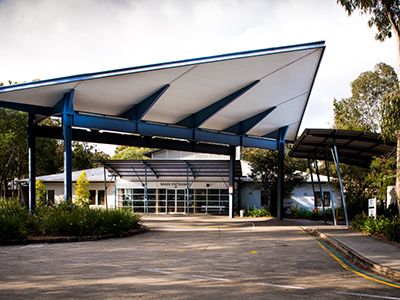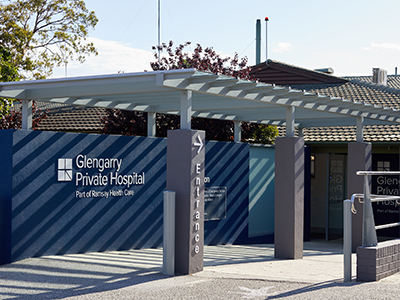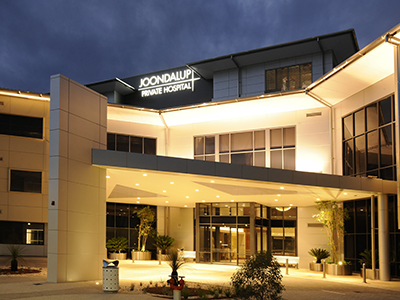Shoulder
What causes shoulder pain?
Did you know a shoulder injury can not only cause pain in your shoulder, but throughout your arm and even into your neck? Our shoulder joints do a lot of work and it’s not uncommon for them to be injured or hurt. Watch this video to learn about some of the most common shoulder conditions and treatments.
Conditions and services
Ramsay Health Care hospitals offer orthopaedic treatment and support for a range of shoulder conditions. Here is a general guide to some of the most common. Click on the plus sign (+) on the right-hand side of any heading to read more.
Arthroscopic capsular release
Arthroscopic capsular release is used to treat adhesive capsulitis – aka frozen shoulder.
Frozen shoulder occurs when the capsule of connective tissue that surrounds the shoulder joint thickens and tightens, restricting movement and causing pain. There’s no clear reason why this happens to some people, but it’s more likely if the shoulder has been kept immobile for a long time (for example, after a surgery or fracture).
Frozen shoulder often goes away on its own, but this can take up to three years. Non-surgical treatments include physiotherapy and injecting corticosteroids and numbing medications directly into the joint.
If a frozen shoulder has not responded to non-surigcal treatment, arthroscopic capsular release may be recommended to help to loosen the shoulder. Physical rehabiliation is often an important part of the recovery plan.
Rotator cuff repair (arthroscopic)
‘Rotator cuff’ is the collective name for the four tendons that surround the shoulder. A rotator cuff tear is when one of these tendons pulls away from the bone. This can happen suddenly after an injury or gradually from everyday wear and tear.
Complete tears do not heal on their own and serious tears often require surgery. However, small tears can often be successfully treated with regular physiotherapy, as the intact tendons can be strengthened to compensate for the injured one.
Rotator cuff surgery is often performed as a keyhole procedure, using three to five tiny incisions. The aim is to repair the torn tendon by using a strong suture thread to reattach it to the bone.
Shoulder dislocation
A dislocated shoulder is when the top of the humerus (upper arm bone) comes out of the shoulder socket. It’s a common injury, especially in athletes who play contact sports such as football.
When you dislocate your shoulder, you usually tear the glenoid labrum at the front of your shoulder as well. This rarely heals, which leaves you at a higher risk of another dislocation in the future. Repeated dislocations can cause permanent damage to the ligaments and cartilage in the area. Over time, this can even lead to the loss of bone in your shoulder socket or at the top of your humerus.
Shoulder stabilisation surgery can be performed either as arthroscopic (keyhole) or open surgery. Arthroscopic stabilisation can be an appropriate option if you need to repair a torn labrum and have suffered little or no bone loss. However, if you do have bone loss, you will likely need a latarjet procedure as well. This is when your coracoid bone (a small, hook-shaped bone attached to your shoulder blade) is grafted to the front of your glenoid (the dish-shaped bone in your shoulder socket). Latarjet procedures are usually performed as open surgery.
Shoulder replacement
If arthritis in your shoulder continues to cause pain after trying non-surgical treatments, your doctor may discuss shoulder replacement surgery with you. In this procedure, the damaged parts of the shoulder joint are replaced with specially designed components made from materials such as metal, ceramic or plastic.
There are two types of shoulder replacement:
1) Anatomic shoulder replacement
Anatomic shoulder replacement closely mimics the natural shape of your real shoulder joint. It works best if the rotator cuff tendons around your shoulder are in good condition.
2) Reverse shoulder replacement
In a reverse shoulder replacement, the ball-and-socket arrangement of your shoulder is reversed so that the ball part of your joint is attached to your glenoid and the socket part is attached to your humerus. It’s usually recommended if you have a rotator cuff tear as well as arthritis, as it enables the deltoid muscle on the side of your arm to move your shoulder for you (instead of your damaged rotator cuff).
Ramsay Newsroom
Stay up-to-date with hospital news, developments, research highlights and innovation.
